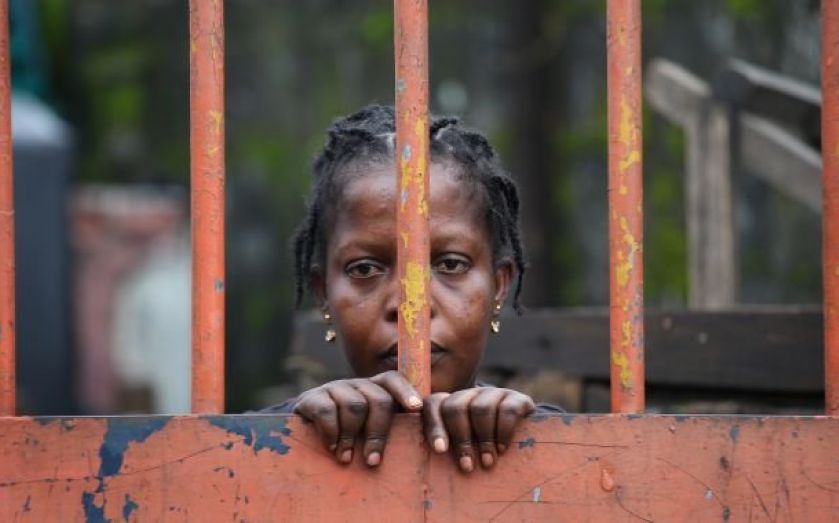| Updated:
How does Ebola spread? And why is the virus so deadly? Here’s what you need to know

The Ebola epidemic in west Africa has already claimed the lives of almost 5,000 people across Guinea, Liberia and Sierra Leone, and the World Health Organisation (WHO) has predicted that there could be as many as 10,000 new cases each week by December.
The mortality rate from the virus can be anywhere between 50 and 90 per cent, and the Zaire strain causing the current epidemic is particularly virulent. But what makes the virus so deadly? And why does it spread so quickly?
Why the mortality rate is so high
There are five different strains of the virus – Zaire, Bundibugyo, Reston, Sudan and Tai Forest – and all work in a similar way in terms of virology.
Initial signs and symptoms of the disease include a fever, a sore throat, muscle pain and headaches, but they can take up to three weeks to appear after initial infection.
After that, vomiting, diarrhoea and a rash appear, along with decreased function of the liver and kidneys.
People can start to bleed both externally and internally at this point, often leading to such a loss of fluid that the blood pressure falls too low for the person to survive.
Death typically occurs between six and sixteen days after the initial onset of symptoms, and there is currently no licensed treatment or vaccine to deal with it.
A number of companies, including GSK, are now fast-tracking the development of vaccines, in the hope they could be used to treat Ebola by early next year.
How is it transmitted?
At the start of an outbreak, a human is typically infected through close contact with infected animals, including chimpanzees, fruit bats and forest antelope.
It then spreads between humans by direct contact with infected blood, bodily fluids or organs, or indirectly through contact with contaminated environments.
This means anyone who cares for an infected person or handles their blood or fluid samples is at risk of becoming infected. An example would be handling unsterilised needles or medical equipment previously used in the care of an infected person.
As such, hospital workers, laboratory workers and their family members are examples are those at the greatest risk. The virus is not transmitted via ordinary social contact, such as shaking hands, travelling on public transport or sitting beside someone who is infected and does not have any symptoms.
It's not as infectious as diseases such as flu, because it's transmitted through bodily fluids, rather than through the air.
According to WHO, the time it takes for symptoms to appear after infection ranges from two to 21 days, but during this time the infected person is not contagious.
If the person has a fever but no other symptoms, then the level of virus in their body is very low and unlikely to be passed on to someone else. In later stages, all body fluids become infectious.
Low risk in the UK
Although the virus is spreading rapidly in west Africa, the risk of the epidemic taking hold in countries outside the region is minimal, since rigorous measures have been put in pace to ensure this does not happen.
At Heathrow, Gatwick, Birmingham and Manchester airports, all individuals flying into the country from west Africa are being screened. Anyone suspected of carrying the virus is tested right away, and if the results come out positive they will be put straight into quarantine.
In fact, there has been just one case of the disease in the UK since the outbreak began in December last year: nurse William Pooley came to the UK for treatment after contracting the virus in Sierra Leone, and after surviving he returned to Africa to continue tackling the outbreak.